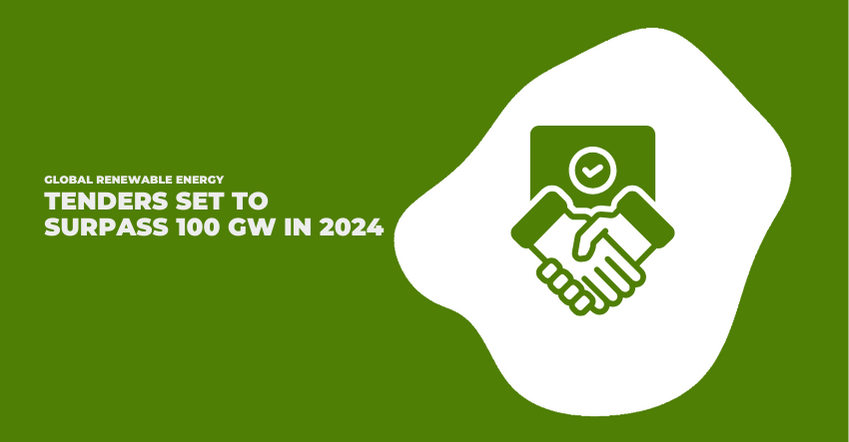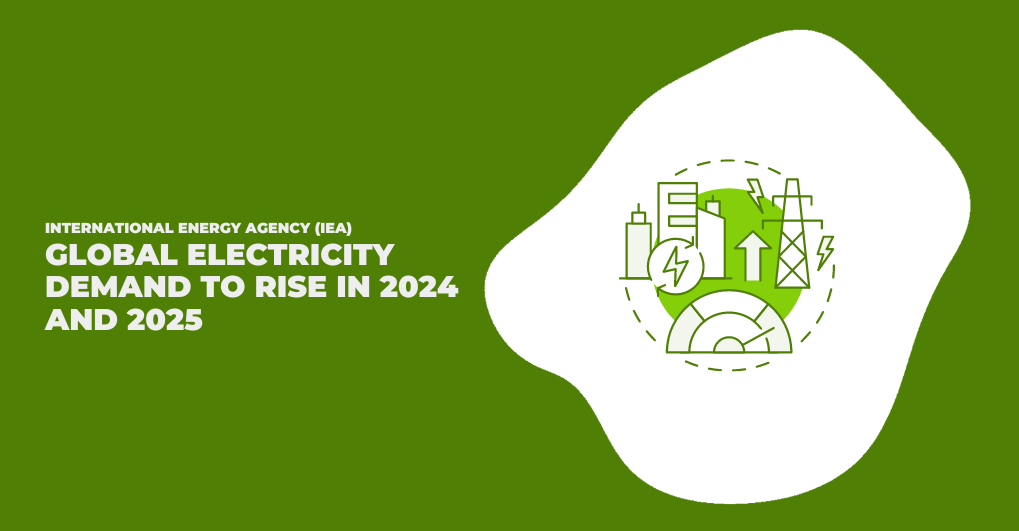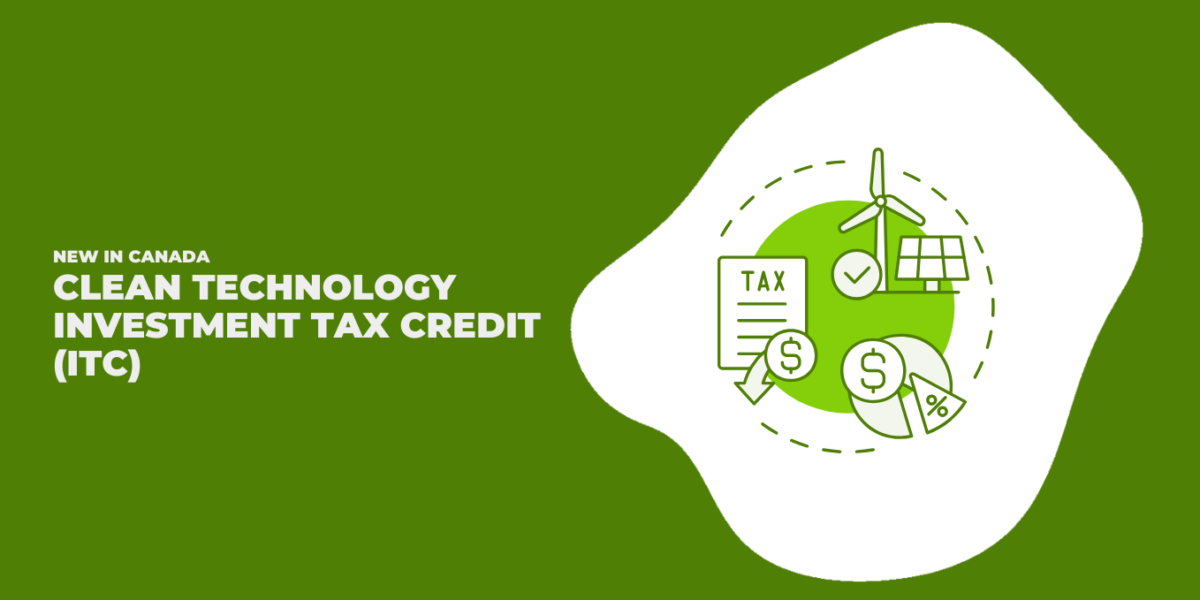Summary:
In a major push for clean energy, governments globally plan to tender more than 100 gigawatts of renewable projects in 2024, with a significant focus on offshore wind. This move mirrors the successful allocation of 137 GW in 2023, underscoring a robust global commitment to increasing renewable energy capacity. Analysts highlight the essential role of government tenders in accelerating the transition to sustainable energy sources.
Deep Dive:
In a significant move towards bolstering renewable energy capacity, governments worldwide are poised to tender over 100 gigawatts (GW) of renewable energy projects in 2024, matching the ambitious efforts of 2023.
Wood Mackenzie’s latest report shines a spotlight on this robust momentum, with a special focus on offshore wind, which is expected to comprise over 60 GW of the total capacity tendered this year.
Ana Fernandez Garcia, a senior research analyst at Wood Mackenzie and the lead author of the report, emphasizes the crucial role of government tenders in driving renewable energy deployment globally.
The report highlights the EMEA region’s dominance, expected to account for more than 50% of the tenders, predominantly in offshore wind capacity.
The analysis further reveals that in 2023, renewable energy tenders facilitated a record-setting 137 GW of capacity awards globally—a 10% increase from the previous year, despite challenges such as cost headwinds and logistics tensions.
The bulk of this capacity, nearly 91%, was allocated to offshore wind, onshore wind, and solar PV technologies.
Notably, the onshore wind sector experienced a significant rebound, attributed to its increased competitiveness and strategic importance for economic development and job creation, as underscored by initiatives like the EU’s Wind Action Plan.
China and Germany emerged as leaders in renewable energy tenders in 2023, awarding substantial capacities through numerous rounds.
The report underscores the vital contribution of tenders to the growth of wind and solar sectors since the mid-2010s and their continued importance in emerging markets.
However, it also points out the challenges faced, including the intense competition in offshore wind leading to subsidy-free and even negative bids, and the under-subscription in onshore and solar PV tenders.
What does this mean?
For the renewable energy asset management community, these insights offer a clear view of the market’s trajectory and the evolving competitive landscape. The increasing government involvement through tenders is set to catalyze the sector’s expansion, driving innovation and investment in renewable technologies.
However, the report’s call for tender design reform highlights a critical area of focus for stakeholders. By addressing the challenges of undersubscription and the complexities of competitive bidding, the industry can ensure a more stable and efficient pathway to expanding renewable capacity.
This balanced approach will be essential in achieving decarbonization goals and ensuring energy independence, marking a pivotal moment for renewable asset managers to navigate and capitalize on the opportunities presented by the global shift towards sustainable energy solutions.




